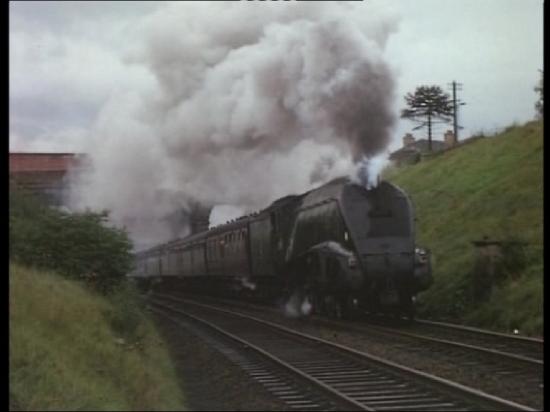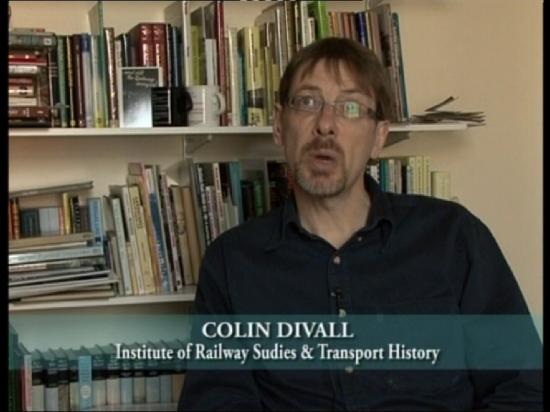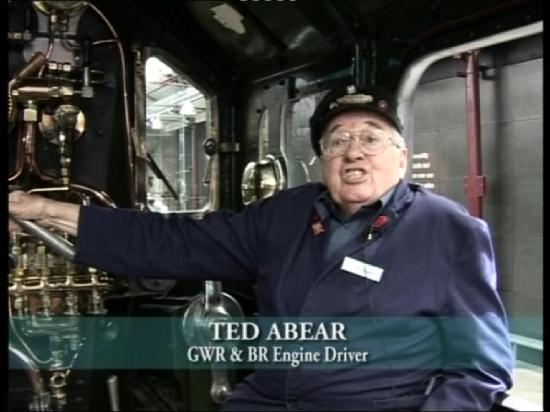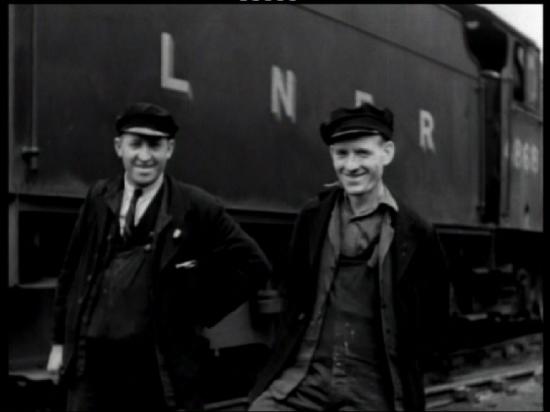British Railways: The Early Years 1948 - 1961
Review
Were there any boys who didn't dream of working the footplate and becoming a train driver in his early youth? There's a lot of nostalgia about our railways, only ruined by our adult experiences of commuting and rail strikes. It wasn't always this way though…
The end of the Second World identified the requirement to do something about the creaking railways in Britain. The railways had been a going concern for the 'big four' rail companies; Great Western Railway (GWR), London Midland and Scottish Railway (LMS), London and North Eastern Railway (LNER) and Southern Railway (SR). The war effort had seen a focus on using the railways to transport troops and military equipment, and the lack of investment generated by decreasing passenger services alongside the war effort requirements had seen a lapse in rail maintenance programmes.
In 1948, the Labour Government of the day decided to nationalise the railways under the British Transport Act of 1947. This nationalisation of the railways would all come under the umbrella of the British Transport Commission and would also encompass the road haulage industry, which had been taking freight business away from the railways. The idea was to provide an integrated transport policy for the country, with only air travel excluded.
This two part documentary takes a look at the first thirteen years of this period of rail nationalisation and the role of British Railways as the operating arm of the BTC. The focus of this release is two-fold; firstly the nationalisation of the rail network and the comprehensive modernisation programme that enfolded throughout this period and secondly the supersession of steam traction by both electric and diesel electric. Other topics include the career path of enginemen, rolling stock refurbishment, station redesign and the rather bizarre idea of hiring a coach for a holiday. The idea behing this was that a family could take a redesigned compartment and then they would be shunted into a railway siding for the weekend for a holiday away from home. Odd...
Using mainly old documentary and stock footage, the story is told via narration with technical historical input from Colin Divall from the Institute of Railway Studies and Transport History. Where the narration provides the basis of the story, Divall adds context and more detail. There are also, particularly in the first part, a lot of interview with career railmen, reminiscing about their time working the footplate in the age of steam.
Whilst the overall story is a little boring, as this kind of history tends to be, it's the stories from old drivers that bring the whole thing alive. These men, mostly still working with trains in some degree, tell us facts that are really quite surprising. How they joined the railways at sixteen, spent years as engine cleaners before being promoted to the fireman on an engine and then essentially using the next twenty plus years serving as an apprentice to a driver, some drivers only being appointed at the age of fifty. That's some apprenticeship.
Personally I found the parts too long. I felt it could have been broken down into more manageable parts as each was generally the length of an average feature film and to be honest, the railways aren't that interesting a subject to be watching for that long in one sitting. Good overall though and will certainly find a home amongst railway enthusiasts.




Your Opinions and Comments
Be the first to post a comment!